Industrial lens is one of the important components in machine vision system. In order to achieve the best function of the whole machine vision system, industrial lens must also meet the requirements. In recent years, machine vision has developed rapidly in China. Machine vision systems are widely used in the field of precision detection. But ordinary industrial lenses can not meet the detection requirements. In order to make up for the lack of application of ordinary lenses and meet the needs of precision detection, telecentric lenses emerge as the times require. Therefore, telecentric lens is mainly used for high-precision product size measurement and defect detection, and its technical advantages in high-precision detection applications have gradually emerged.
The telecentric lens is very suitable for the size inspection of objects with different sizes or stepped heights, and can avoid errors. It has become a new driving force for the development of high-precision detection industry.
The telecentric lens is very effective when detecting three-dimensional objects or when the accuracy of image size and shape is very important. It is especially suitable for precise measurement. To choose the right telecentric lens, we first need to understand the circumstances under which we can use telecentric mind.
Under what circumstances should telecentric lenses be used?
According to POMEAS's experience in machine vision product selection for many years, this paper gives some references for readers and friends in the selection of double telecentric lenses.
1. Typical applications such as food containers, beverage bottles, etc. when the thickness of the detected object is large and more than one plane needs to be detected.
2. When the position of the measured object is uncertain, it may be at an angle with the lens.
3. When the measured object jumps up and down in the process of detection, such as when the vibration of the production line causes the working distance to change.
4. When the measured object has aperture or three-dimensional object.
5. When low distortion rate is needed and the brightness of image effect is almost identical.
6. When flaws need to be detected can only be detected under parallel illumination in the same direction.
7. When it is necessary to exceed the detection accuracy, if the allowable error is 1um.
Product recommendation
TECHNICAL SOLUTION
MORE+You may also be interested in the following information
FREE CONSULTING SERVICE
Let’s help you to find the right solution for your project!



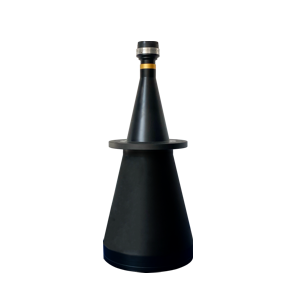
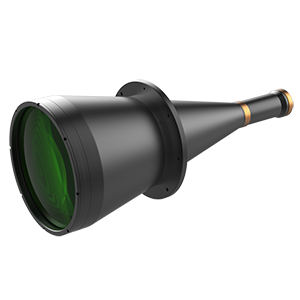
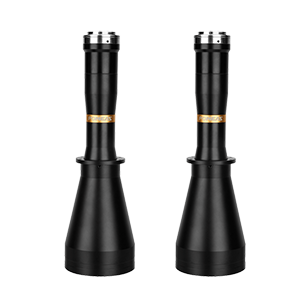
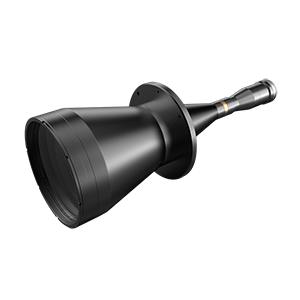
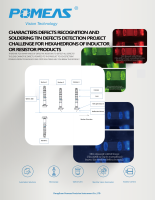
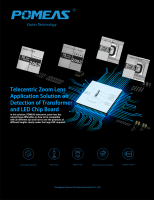
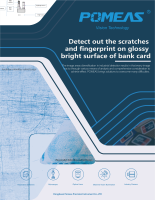
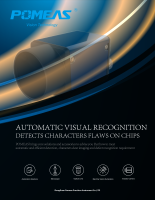
 ASK POMEAS
ASK POMEAS  PRICE INQUIRY
PRICE INQUIRY  REQUEST DEMO/TEST
REQUEST DEMO/TEST  FREE TRIAL UNIT
FREE TRIAL UNIT  ACCURATE SELECTION
ACCURATE SELECTION  ADDRESS
ADDRESS Tel:+ 86-0769-2266 0867
Tel:+ 86-0769-2266 0867 Fax:+ 86-0769-2266 0867
Fax:+ 86-0769-2266 0867 E-mail:marketing@pomeas.com
E-mail:marketing@pomeas.com
